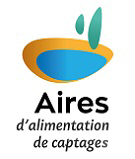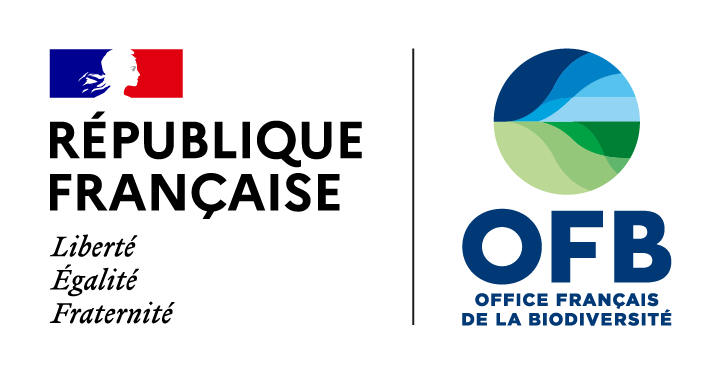Relationship between land-use in the agro-forestry system of les Landes, nitrogen loading to and risk of macro-algal blooming in the Bassin d`Arcachon coastal lagoon (SW France)
Relationship between land-use in the agro-forestry system of les Landes, nitrogen loading to and risk of macro-algal blooming in the Bassin d`Arcachon coastal lagoon (SW France)
Nitrogen loading to the Bassin d`Arcachon coastal lagoon (SW France) was evaluated by studying land-use and nitrogen output in its 3001 km2 catchment. At present, the catchment is dominated by forestry (79%), while intensive agriculture occupies 9% of the surface. The N-output of two hydrological subunits, i.e. the Tagon subunit dominated by pine forestry and the Arriou II subunit comprising both forestry and intensive agriculture, were monitored for a seven year period (1996-2002). From these observations it was calculated that forestry contributes on average 1.6 kg total N ha-1 yr-1, which is dominated by organic nitrogen (DONCPON are 70% of N). On an areal basis, intensive agriculture contributes 26 times more than forestry, i.e. 41.6 kg total N ha-1 yr-1, which is mainly in the form of nitrate (65% of N). These data were upscaled to the catchment and the upscaling was validated by comparison to gauged nitrogen throughputs for the catchment of the Leyre river that is the major tributary to the system. Taking into account the other known N sources and the interannual variability in the catchment it was estimated that nitrogen loading to the lagoon was on average 90 kg ha-1 yr-1 (range from 54 to 126 kg ha-1 yr-1). The sandy soils of the catchment have a clear potential for denitrification, but anoxic conditions (waterlogged) and input of organic matter to fuel this process are required. Currently, agricultural practices and spatial planning do not make use of this potential. Nitrogen loading in the Bassin d`Arcachon is reflected by 10-40 µM nitrate concentrations in winter, which became depleted during spring as a result of uptake by vegetation. Short-term uptake experiments showed that the macroalga Monostroma obscurum is well adapted to temperatures between 10 to 20 C and competitive with respect to the seagrass Zostera noltii when the nitrate concentrations are above 10 µM. Spring conditions with high nitrate and high insolation are therefore favourable for M. obscurum and this species presents a high risk for algal blooming. In contrast, the macroalga Enteromorpha clathrata well adapted to summertime temperatures around 25 °C, forms occasionally blooms in the lagoon. This phenomenon is limited due to the low DIN concentrations in summer.




